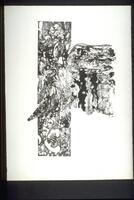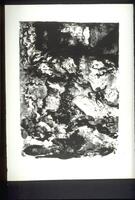156 UMMA Objects
156 UMMA Objects

Ōhara Tonshū (Donshū)
Mountain Hut among Pines
1831 – 1844
Museum purchase made possible by a gift from Helmut Stern
1985/2.27
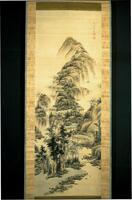
Nakabayashi Chikutō
Mountain Landscape in Summer
1800 – 1849
Museum purchase made possible by the Margaret Watson Parker Art Collection Fund
1982/2.56
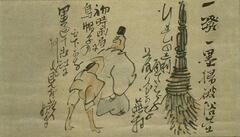
Yosa Buson (Japanese (culture or style))
Broom, Poems, and Poets
18th century
Museum purchase made possible by the Margaret Watson Parker Art Collection Fund
1969/2.24
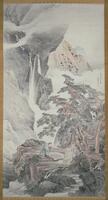
Maruyama Ōkyo
Scholars Playing Go by a Waterfall
1778
Gift of Mr. and Mrs. Province M. Henry
1955/1.265
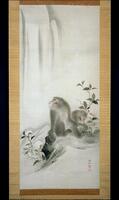
Mori Sosen (Japanese (culture or style))
Monkeys by a Waterfall
1807 – 1821
Museum purchase made possible by a gift from Helmut Stern
1986/2.61.1

Nakabayashi Chikutō
Birds in a Tree
1840
Gift of Dr. Kurt and Millie Gitter in honor of Stephen Addiss
1976/2.103
Loading…



